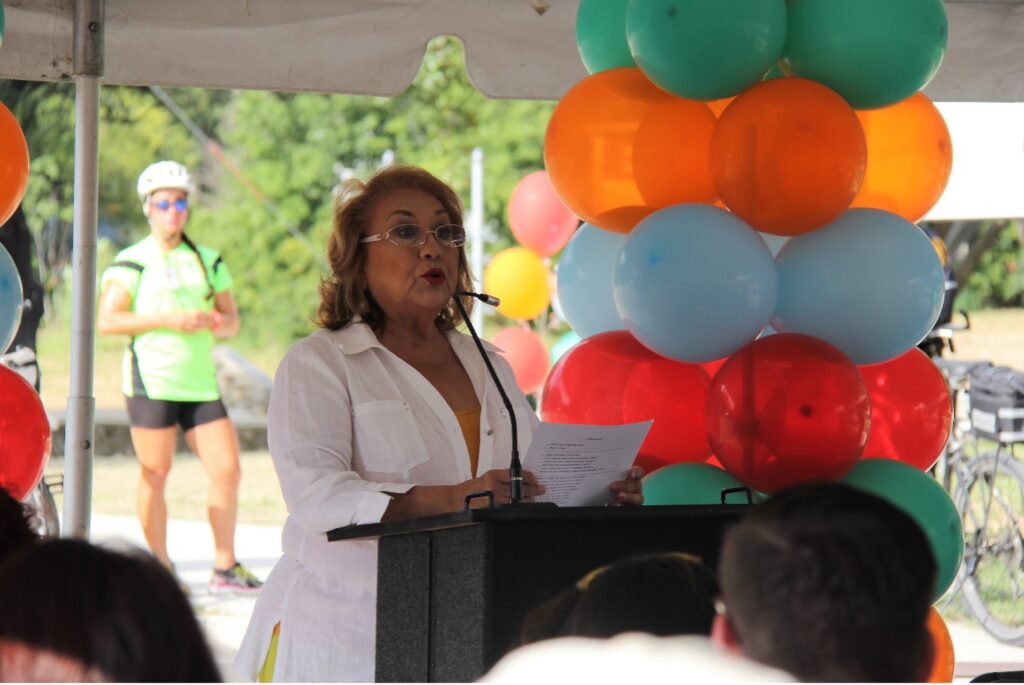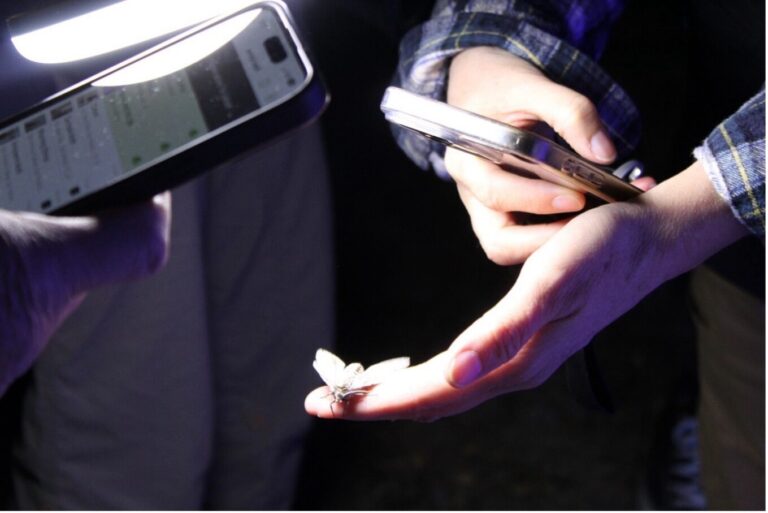Last Updated on January 30, 2024
This series provides readers the opportunity to learn about the unique insight and experiences of the San Antonio River Authority (River Authority) Board of Directors and their personal connection to the San Antonio River in hopes of inspiring stewardship of area creeks and rivers.
Lourdes Galvan brings a wealth of experience in community service to the River Authority. She has served as a former City of San Antonio District 5 council member. Currently, she works as a business development specialist with Dependable Business Solution. For many years, Ms. Galvan has been a major supporter of the Westside Creeks Restoration Project. She has been a board member at the River Authority since 2013. She was reelected to the board in 2019, and her current term expires in 2025.
What value does the San Antonio River Authority provide to the community?
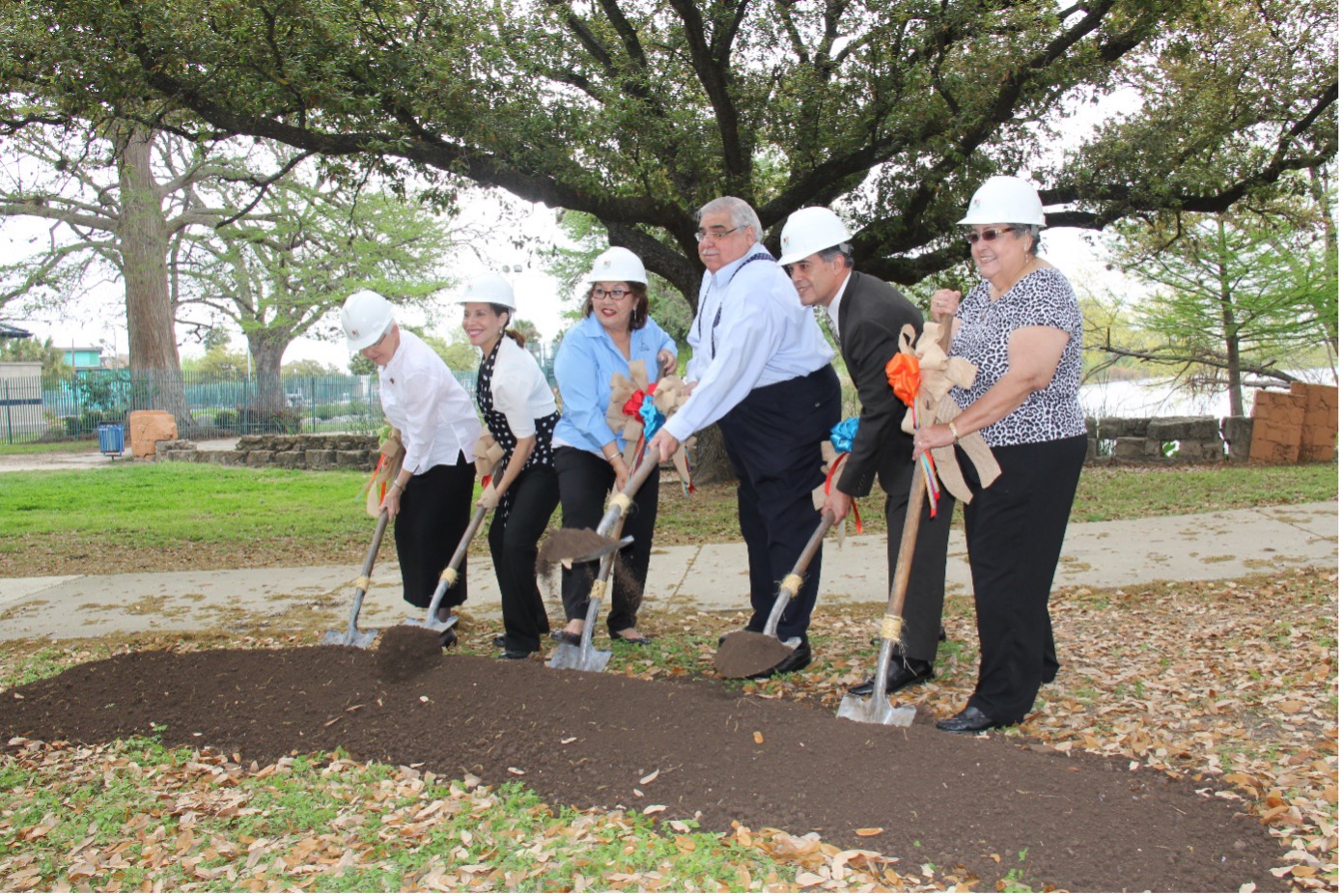
The Alazán Creek Linear Trail Grand Opening in 2016 Photo Credit: San Antonio River Authority
Of the many valuable things that the River Authority provides to the community, the ecosystem restoration and development of local creeks holds special meaning to me. In addition to the Mission Reach and the Museum Reach, there are many other beautiful creeks that are an integral part of the San Antonio River Basin, including the Alazán and Apache creeks. These creeks have not received as much attention in the past and people are now beginning to realize the value these creeks have to their communities and neighborhoods.
How can we ensure the San Antonio River is preserved for future generations?
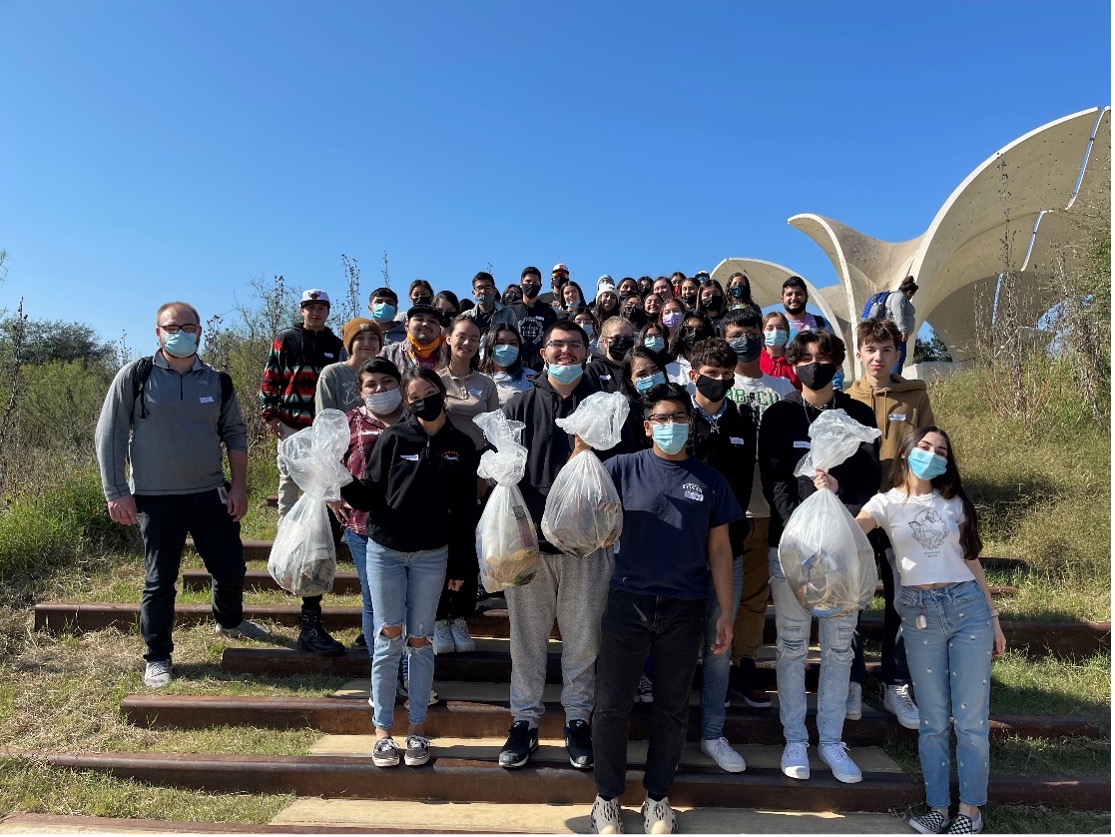
Luther Burbank High School students participate in a litter pickup during a field trip at Confluence Park. Photo Credit: San Antonio River Authority
Kids and adults alike may not realize that local creeks are essential in maintaining a safe, clean, and enjoyable San Antonio River Basin. This is why we have a great responsibility to educate each other about ways to be stewards of our precious freshwater resources. This starts with simply having conversations with friends and family.
In particular, the Don’t Let Litter Trash Your River initiative is a great way to get involved. Schools, organizations, and community members can all do their part to take the pledge. Together we can communicate how important it is to preserve our creeks for future generations.
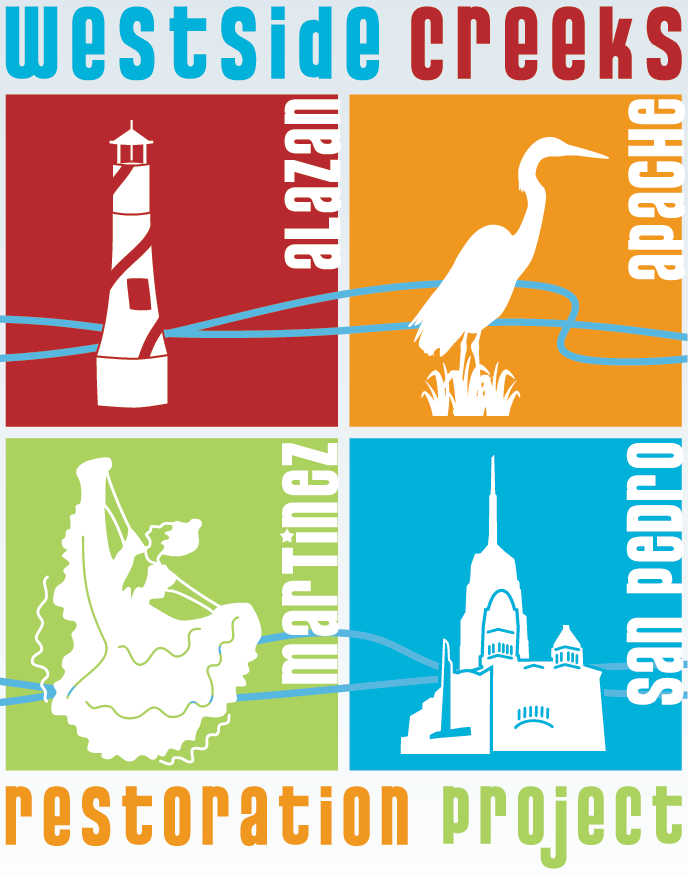
Another way to help preserve the San Antonio River is by advocating for funding for projects like the Westside Creeks Restoration Project. Community members can take action to get involved and make their voices heard at the upcoming Oversight Committee meeting on February 15. 2022.
By educating each other about the history of our creeks and speaking up, we can create change!
What is the best way to interact with the San Antonio River?
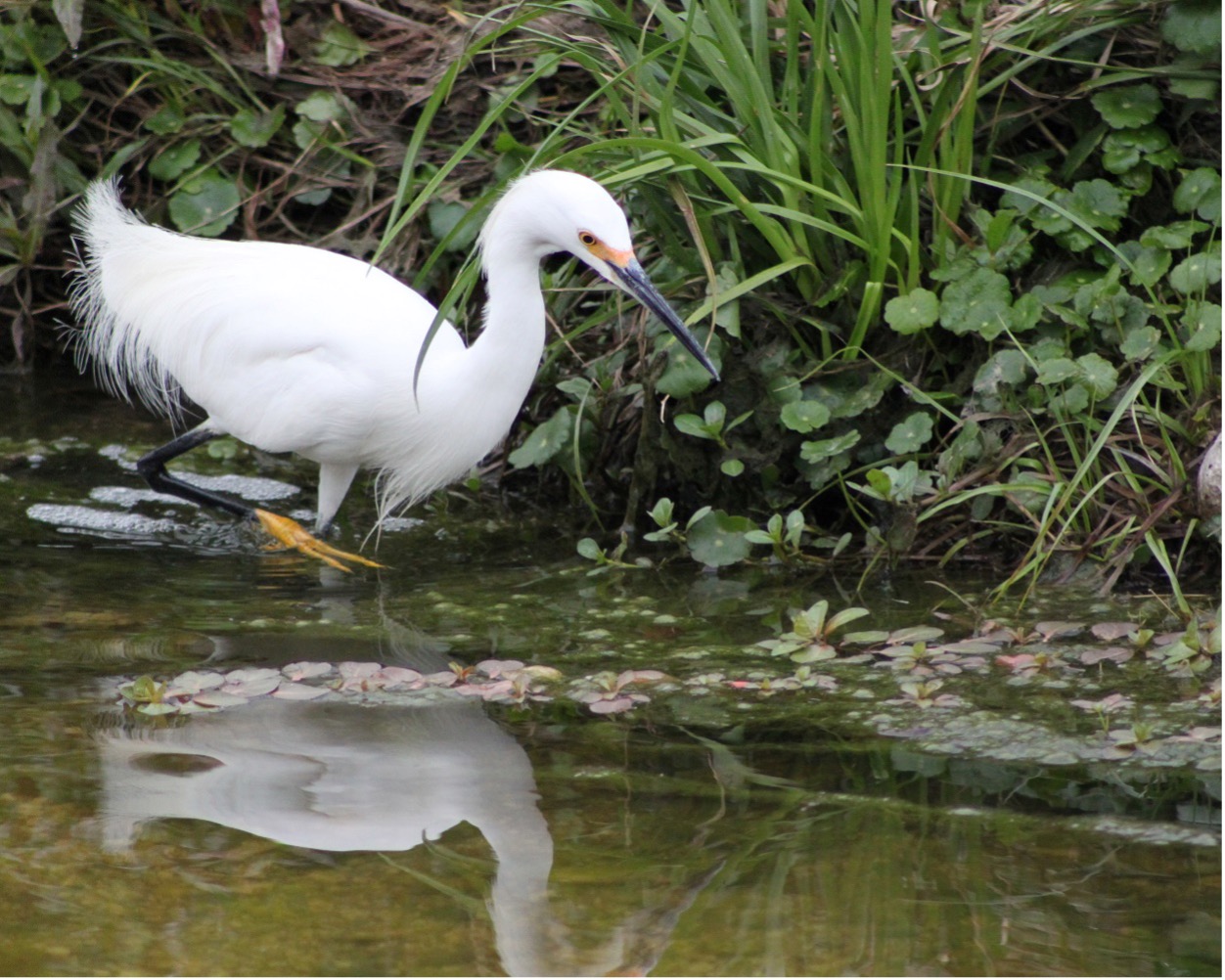
A Snowy egret searches for its prey along Alazán Creek. Photo Credit: San Antonio River Authority
There have been many improvements to make the Westside Creeks accessible in recent years, with more still to come. The Linear Creekway Trail Improvements Project has helped to add half a mile of trails next to Alazán Creek, including a safe pedestrian passage underneath Waverly and Culebra Streets.
In addition, there are three and a half miles of trail connecting San Antonio’s west side community to Downtown through the Apache/San Pedro Creekway trail system along the San Antonio River. This system connects west San Antonio to Brackenridge Park, downtown, and the historic Missions.
By experiencing these creeks firsthand, communities can get to know these critical waterways and look forward to the future improvements that are coming. These creeks are a precious jewel to our community. Their function and aesthetic should be glorified because they are right here in our backyard!
Name an interesting fact about the San Antonio River Basin that most people might not know.
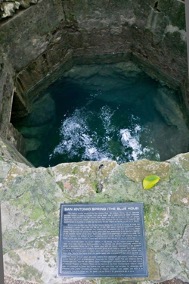
The Blue Hole at the Headwater at Incarnate Word. Photo Credit: San Antonio River Authority
One interesting thing I learned upon joining the River Authority board of directors, is that the largest spring forming the headwaters of the San Antonio River is just north of downtown. This artesian spring is known as the Blue Hole and is located on the University of the Incarnate Word campus. At approximately 670 feet above sea level, this spring is fed by the Edwards Aquifer. It has been a source of freshwater for indigenous peoples for over 12,000 years.

